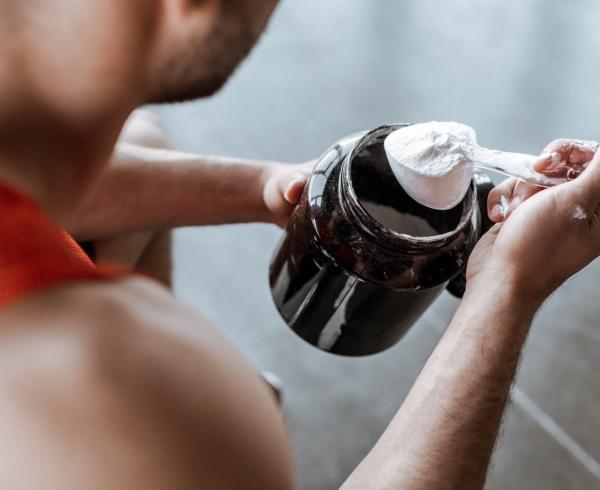2021 Sports Nutrition Trends
Reduced access to gyms, fitness classes, and team sports has disrupted sports nutrition consumers everywhere. In response, many have purchased home gym equipment, joined online workout classes, or taken up jogging around their neighborhoods. While some have been more successful than others at staying on track with exercise, diet is yet another factor that has posed challenges—particularly due to stress eating and at-home snacking. Sports nutrition products play an important role in providing consumers with the healthy nutrition they need to support their fitness goals.
Here’s a look at 2021 sports nutrition trends and how manufacturers can meet the needs of today’s sports nutrition consumers:
1. Plant Proteins
Demand for plant proteins is growing across categories, including the sports nutrition category. While consumer interest in a sustainable, healthy lifestyle is driving the broader trend in plant proteins for mainstream and active lifestyle consumers, the sports performance consumer also has an eye on performance benefits thanks to the buzz around celebrity plant-based athletes. Pea protein is the rising star in plant-based sports nutrition and is often combined with proteins such as sunflower seed, pumpkin seed, and chia seed proteins for optimal amino acid balance.
2. Mental Health Support for Focus and Performance
With bouts of anxiety and depression so common during the lockdown, there’s been a public dialogue underway about the importance of mental wellness to overall health. Public health recommendations have included exercise, a healthy diet, and stress management techniques. In addition, some consumers are looking for supplements that can help them with energy and concentration. Sports nutritional supplements (particularly pre-workout products) that include these benefits offer the additional advantage of supporting a focused workout for optimal performance.






